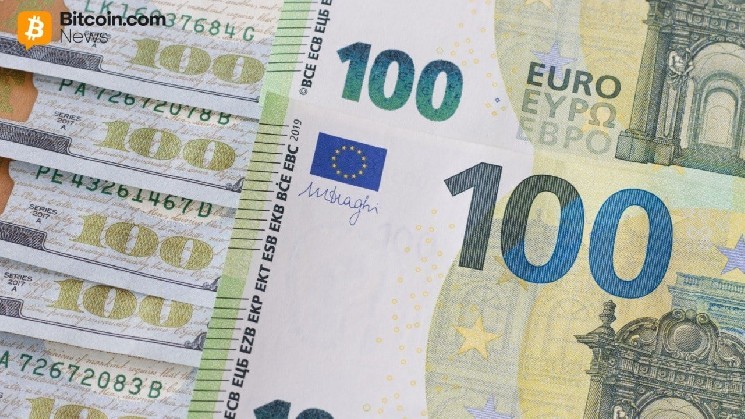ECB board member Piero Cipollone explained that the introduction of central bank money, including a digital euro, will help establish Europe’s sovereign defense against stablecoins. He stressed that stablecoins pose clear risks to financial stability and effective monetary policy implementation.
ECB underlines the relevance of digital euro in the face of increasing stablecoin adoption
fact:
Piero Cipollone, Director of the European Central Bank (ECB), emphasized the importance of introducing a digital euro currency to overcome the risks associated with the collapse of stablecoins in the euro area.
Speaking at the Euro50 Group meeting on October 18, Cipollone stressed that establishing a European sovereign digital asset market anchored by central bank money tied to the euro would “reduce risk, enable scale and avoid fragmentation.”
Cipollone explained that as the stablecoin market continues to expand, the risks associated with its increased adoption are also increasing.
These risks include financial instability that could arise from a depegging scenario and instability that could arise from potential transactions such as arbitrage. The widespread use of stablecoins could also lead to an outflow of bank deposits and starvation of credit markets.
In this sense, Cipollone declared that the digital euro and central bank digital money are the key to mitigating these risks. Specifically, it emphasized that a digital euro would “reduce Europe’s dependence on external providers and support innovative pan-European payment solutions for domestic retail payments for consumers and retailers,” promoting a digital euro over stablecoins.
Why it’s relevant:
As stablecoin trading volumes continue to explode and market capitalization expand, the European Central Bank, China, and Russia may become the last line of defense against global adoption of stablecoins, establishing the dollar as the de facto crypto payment and transaction standard at a global level.
The expansion of stablecoins is a policy sponsored by the Trump administration, as declared in Executive Order 14178, “Strengthening U.S. Leadership in Digital Financial Technology.” To protect the sovereignty of the dollar, the White House has said it will “encourage the development and growth of legal and legitimate dollar-backed stablecoins around the world.”
The outcome of this multi-currency competition is likely to determine the future of global payment rails, and analysts believe it may already be too late to act on the ECB’s behalf.
Looking forward to:
As the use of stablecoins continues to grow around the world, the ECB may need to quickly launch its own alternative currency to avoid losing control of monetary policy due to an influx of privately issued dollar-based currencies.
FAQ 🧭
- What concerns did Piero Cipollone raise regarding stablecoins in the euro area?
Cipollone warned that increased adoption of stablecoins poses risks such as financial instability in the eurozone, possible runs and the depletion of bank deposits. - What solution does the European Central Bank (ECB) propose?
The ECB is advocating the introduction of a digital euro to create a sovereign digital asset market that would anchor central bank money and reduce the risks associated with stablecoins. - How will a digital euro benefit Europe’s financial system?
A digital euro would reduce Europe’s dependence on external providers, encourage innovative payment solutions for consumers and merchants, and strengthen domestic retail payment systems. - Why is this initiative particularly urgent for the ECB?
As stablecoin trading volumes soar globally, the ECB risks losing control of monetary policy and needs to act quickly to establish a viable European alternative.


